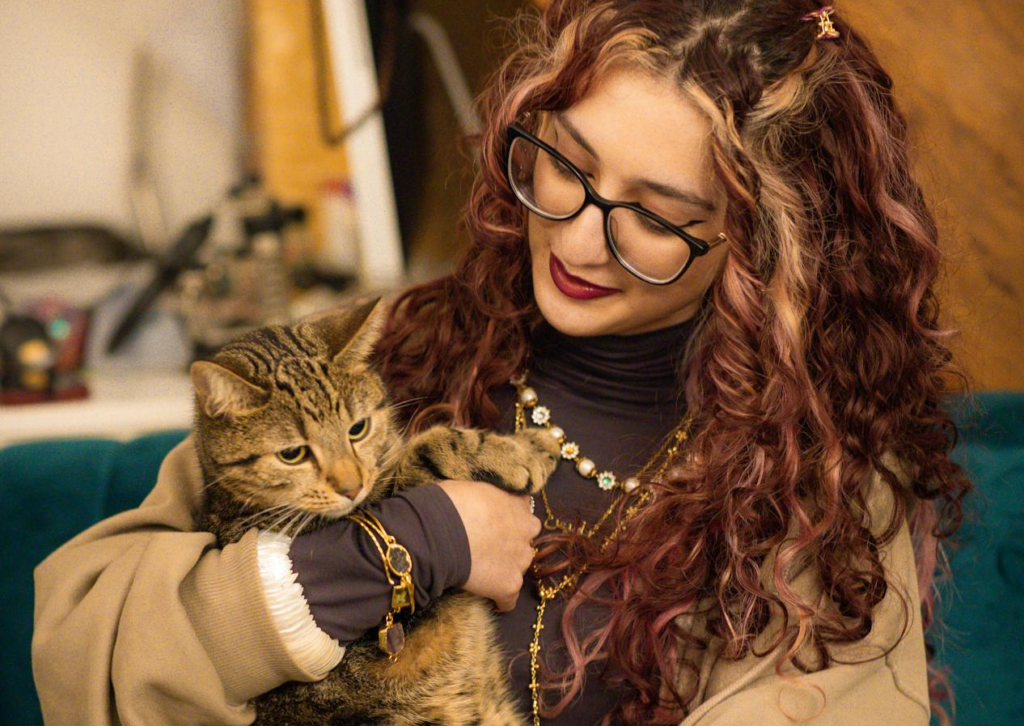
By Dr. Herb “Roi” Richards, Ph. D.
The biggest problem in the world today is that over 3 million people die every year. Why do you think that is? If you ask the government center for disease control, they will tell you that most people die from heart disease, cancer, or Alzheimer’s. And if that’s not enough, they will tell you most of them today died from the deadly COVID virus. All lies.
The number one killer in the United States is the inclination of the average American to subscribe to a style of life that I call the “Get By Diet.”
Have you ever wondered why so many people are unhealthy in one way or another? There is a problem with our eating habits that have never been explained in a way everyone can understand it. I will use a simile so there is no miscommunication.
We all know that if you fill the gas tank on your regular car with diesel fuel your car will only run a few feet. If, on the other hand, because there is a gasoline shortage you put in 2 or 3 gallons of diesel fuel to fill your tank, your car will run, but just not as well.
In other words, you are running your car on “get-by fuel.”
Humans also require a special fuel to operate at full performance, but can run along for 50, 70, and sometimes even 100 years with arthritis, diabetes, cancer, etc. the results of living full-time on “get-by fuel.”
Sometime in the far past, we have almost all switched to “get-by fuel.” Maybe there was a natural disaster, ice age, etc. that caused human fuel to not be available for long enough (several generations) that people forgot what human fuel was?
Our human intellect has gotten in the way of rediscovering it as a civilization.
There have always been a few who have discovered foods that are healthy but only the inertia of habit, traditions, family recipes, and cookbooks seem to keep them from being widely known.
Science has proven that the great ape has almost the same physiology as humans.
You could set a picnic table with the finest rare prime rib, best pizza, greatest Mexican food, and a huge bowl of various kinds of fresh fruit in the center and the ape will ignore all of those special goodies and chow down on any and all of the fruit. The ape recognizes the correct fuel. Are we really the intelligent ones?
What can you do to just say, “No,” to the “Get-by food?”
The information on how to change over to true human fuel follows.
First, you must be able to wrap your head around the idea that living this life (what little of It most of us unknowingly subscribe to) is not a crapshoot and should not be taken for granted. The “taking life for granted” approach to life is the first mistake made by the average human. Doing so limits your quality of life and longevity.
Second, if you’re a human whose body is in a state of degeneration after the age of twenty-five or so, you have been trained to believe this is the natural course of life, that it’s Mother Nature’s way of making way for fresh generational stock. It is understood that as we age we are expected to lose energy and agility, and passion for living, as we expect to be victims of disease and death, with our highest expectation being to smoothly fall into lifelessness in our sleep. Most oi us fail to understand foods that are healthy eliminate disease and realize that there are foods that can kill you.
We’ve all believed this “get by diet” we’ve been on since birth is what we were supposed to eat. The idea that pizza, steak, and tater tots were not proper human fuel never even entered our minds. Lies: Taught about the 4 basic food groups in school have only reinforced our belief that we were using “human fuel” when we were not eating foods that are healthy.
That concentrated food diet we’ve been on almost since birth has caused all of our cells to store up waste materials that would never have existed if we ate the fuel we were designed to eat.
That stored-up waste material is what attracts the pathogens to us to picnic on our trash.
While they are eating our trash they in turn leave toxic waste in our body we call diseases.
So, there is no way we can be poisoned back to health by adding more toxic waste (drugs) to our body.
We can’t even go directly to our proper human food but must have a transition period called a “mild food diet” to slowly release stored waste from all of our cells.
I know, like most of you, I thought when we defecated and urinated, we dumped all the trash and that would be true if we ate a human diet. The “get by in tough times diet” we’ve been on makes several times too much waste for regular trash dumps. Following is what we can and can’t eat during this body cleanse period. It will take about a year to safely clear the trash out of the cells with various symptoms disappearing as we take the food away from the bacteria, viruses, etc. If we went straight to the “all fruit and nut diet” our body craves, too much poisonous trash will be dumped into our bloodstream and could kill us. So, that’s why the transitional mild food diet.

List of the mild foods we can eat
- Fruits and vegetables, all as nearly raw as possible
- Fruit juices, raw, frozen, or canned
- Vegetable juice, but it must be raw
- ‘Natural food oils, not hydrogenated, heated, or messed with, simply natural and cold-pressed
- Sprout, all alfalfa, beans, grain. Sprouting changes them to useable natural sugar that requires no body processing (a lot different from the factory-made sugar in packaged food)
List of all the concentrated foods we can’t eat
- Unsprouted grain (all kinds)
- Sugar or commercial sugar-containing foods
- Dairy products
- Butter
- Eggs
- Unsprouted legumes
- Meat (all)
- Peanuts, because they are actually not a nut but a legume
- All junk food
Remember this – Bacteria & viruses are bottom feeders and would not even move into your body unless you have their favorite food stored in your cells (trash, waste material, poisons, etc.).
The great thing about the change over is that it will only take about a year for our bodies to drop all the brand-name diseases along with the parasites they attract that plague us on our “traditional” Get-by diet.
It’s entirely up to you! If you decide to stay on the concentrated factory-designed foods you were taught were proper since birth you have effectively signed up for all the diseases that go with that lifestyle.
If on the other hand, you decide to go through a few days of withdrawal as you change to nutritious mild foods and start to cleanse and rebuild your body in a year or less, most of the problems you’ve been told were genetic, etc. will only be memories.
As the year goes along, you can eat more and more fruit as you feel better and be fully on the human diet by the end of the year.
The cleaner your body gets, the less you will hunger for concentrated foods.
That has definitely been my experience as I changed to human food,
Any time you eat one of those concentrated foods your cleansing will be stopped and you will feel lethargic until the body can get rid of it. So, you are fully in charge of your health or the lack of it.
Isn’t free will neat?
Submitted by Dr. Herb Roi Richards



